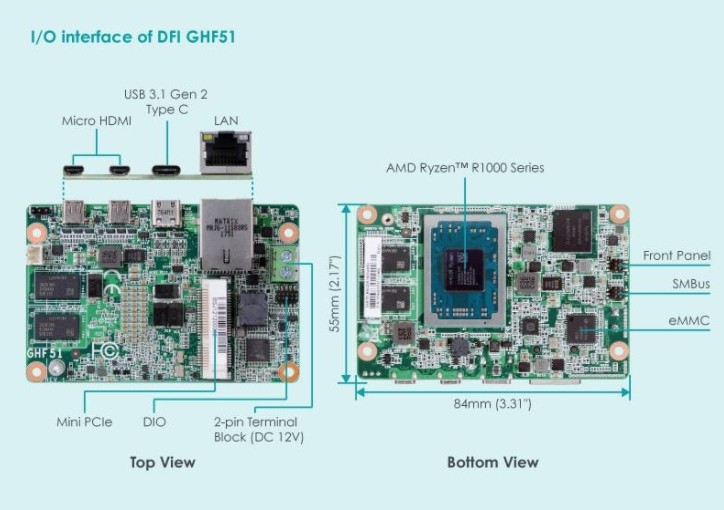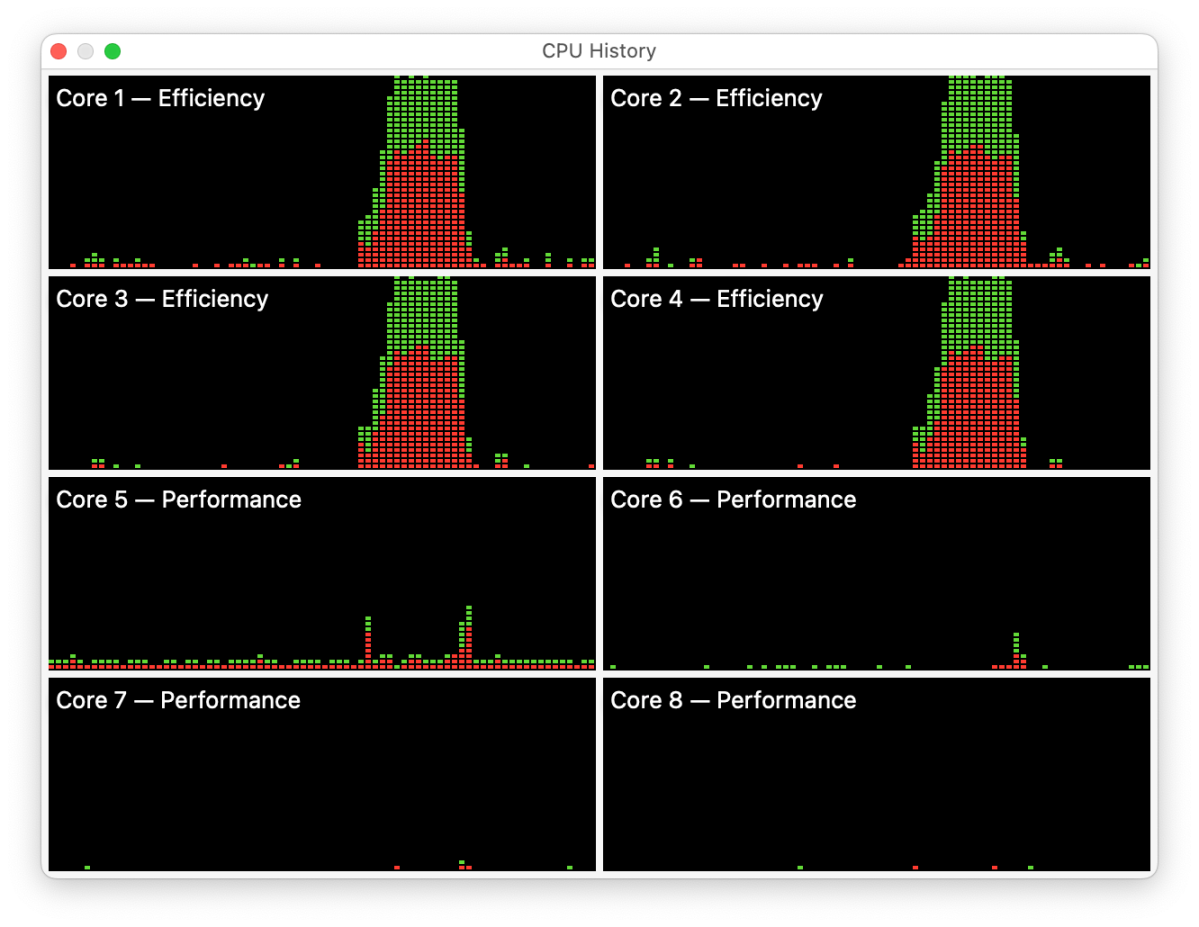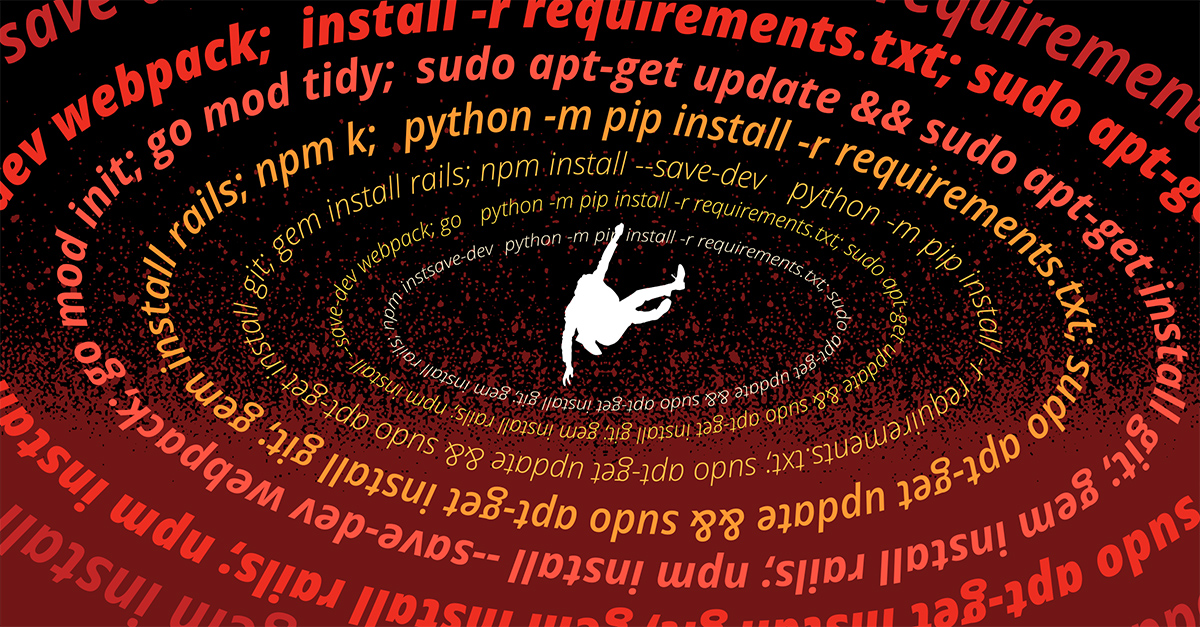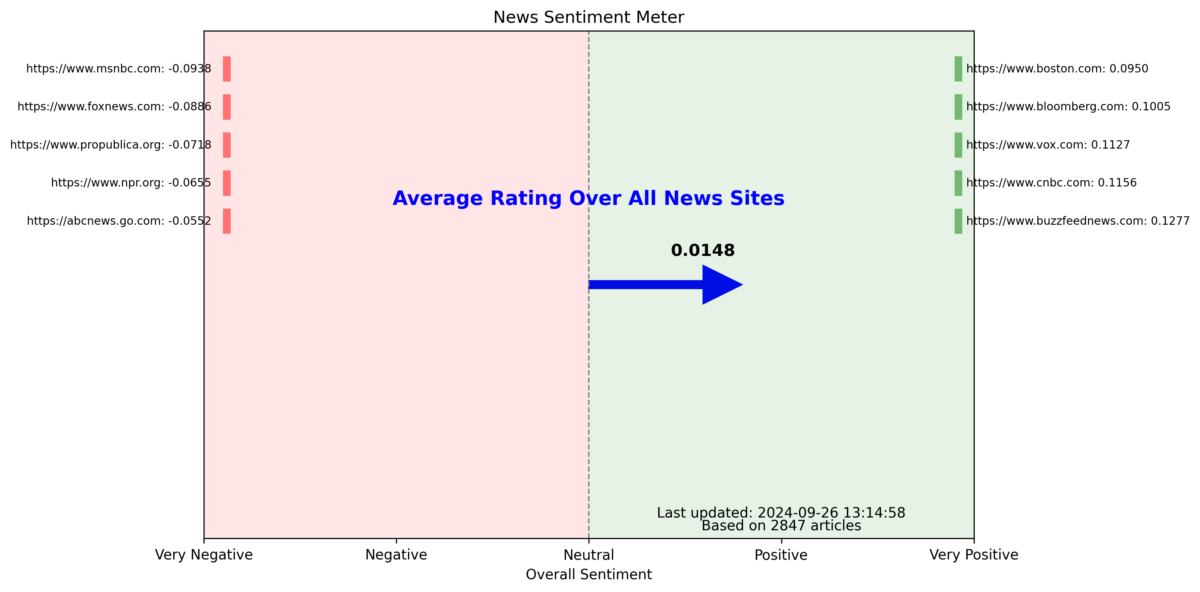Vanilla OS 2: an immutable distribution to run all software
Vanilla OS, an immutable desktop Linux distribution designed for developers and advanced users, has recently published its 2.0 "Orchid" release. Previously based on Ubuntu, Vanilla OS has now shifted to Debian unstable ("sid"). The release has made it easier to install software from other distributions' package repositories, and it is now theoretically possible to install and run Android applications as well.
The idea behind Vanilla OS is to maintain a small, immutable core operating system while isolating additional software from that core through containerization or sandboxing. The core of Vanilla OS is based on Open Container Initiative (OCI) images composed of packages from Debian sid. These images are updated and managed by the ABRoot utility. Rather than handling system updates through a package manager, Vanilla OS downloads a new OCI image, and then uses the new image when it reboots. This is similar to other image-based operating systems, like Aeon and Bluefin that use A/B image update strategies—though each distribution has its own method of doing so. All of this happens under the hood, so users don't have to be aware of how updates work.
One of the reasons that Vanilla OS shifted from Ubuntu to Debian was that the latter offers a more vanilla GNOME experience by providing the software without significant customizations. As the project's announcement from last year said: Ubuntu provides a modified version of the GNOME desktop, that does not match how GNOME envisions its desktop. One of the high-level goals of Vanilla OS is to be as vanilla as possible, so we reverted many of these changes to reach that goal.




















